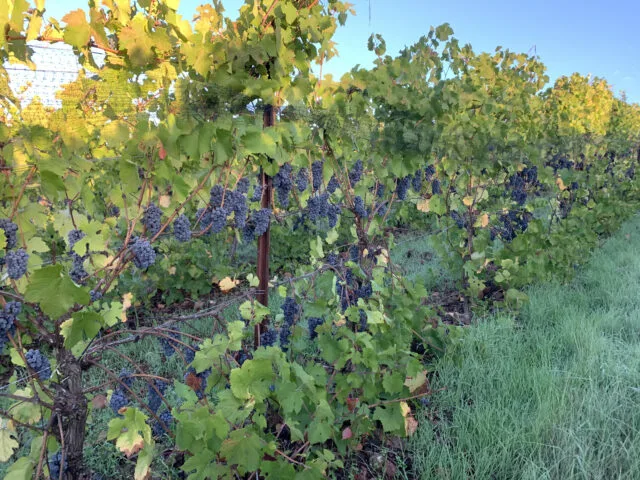Global warming has wreaked havoc on beer production from all angles, in all regions of the United States. Across the country, climate change has jeopardized the quality and quantity of hops, exacerbated water shortages and—perhaps most significantly for brewers—threatened the future of malting barley, a key ingredient in beer.
The cool climate of the American Northwest—specifically that of North Dakota, Idaho and Montana—has long been a dominant factor in the U.S.’s production of malting barley. But, like most of the West, these states have been confronting major drought conditions. Drought-stress on the annual grass has led to a steep decrease in yields—down a whopping 30% in 2021—and resulted in lower-quality grains.
You May Also Like: Cidermakers Have Long Feared the ‘Bubble Tax.’ A New Bill Could Change Everything.
“Beer is mostly water, and then, after water, it’s mostly malt,” says Andrew Zinn, owner of Weaverville, North Carolina’s Leveller Brewing Co. When U.S. malt production drops—as it has in recent years—it creates major problems for brewers.
To counteract these increasingly common issues, land grant universities have been shifting their malting barley sights to regions that historically haven’t been able to successfully grow the critical crop. From North Carolina to Oregon, newly developed winter barley varieties could provide brewers with a stable supply of a pivotal component in beer production.
A Fermenting Crisis
“The problem is that in a year when you have a low amount of malt that’s produced in the U.S., it’s not a year that we
This Article was originally published on Wine Enthusiast






